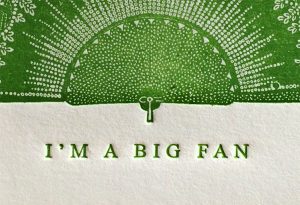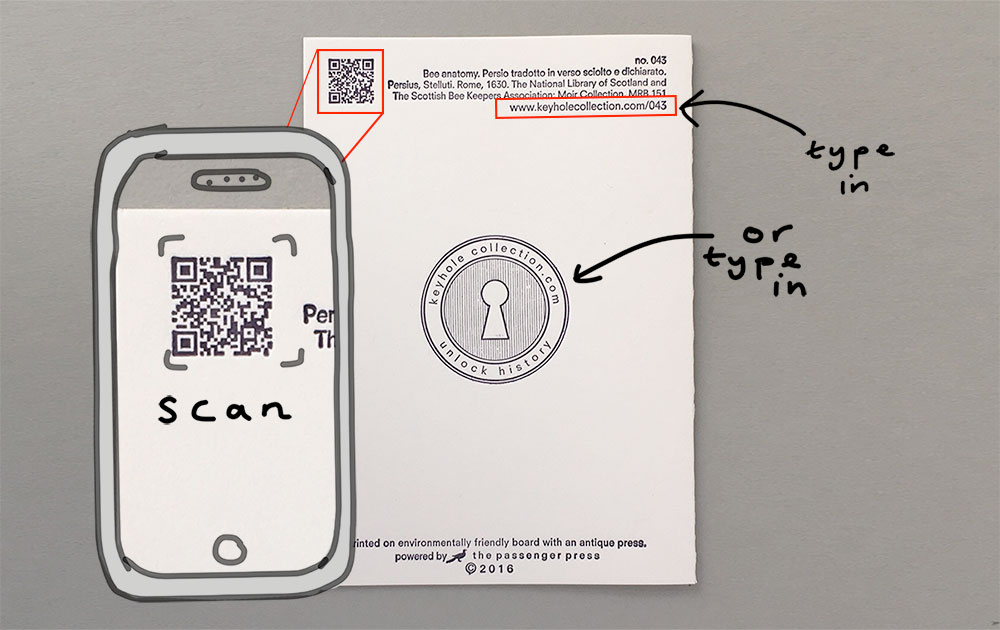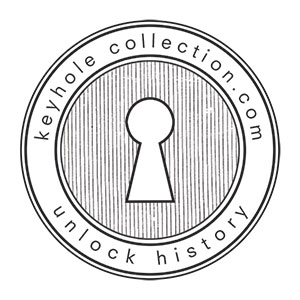Historical Source
Royal College of Physicians and Surgeons Of Glasgow.
£3.50
Andreas Vesalius (31 December 1514 – 15 October 1564) was an anatomist, physician, and author of one of the most influential books on human anatomy, De humani corporis fabrica (On the Fabric of the Human Body).
Perhaps the most famous of these anatomical studies are the 'muscle men' which feature men standing in dynamic poses with muscles fully exposed. There are also drawings of muscles peeled back to show how the layers underneath. Many of these drawings show bodies and skeletons, that would normally be lying inert on a mortuary slab or direction table, in recognisably human situations. Contemplating death or digging graves. They have an air of fatality about them and remind the viewer that we are just flesh and bones. I looked in this volume as I was in search of a drawing of a human heart. The importance of the heart is now known but is at the time it only appears in rough drawings of little detail.
Vesalius is often referred to as the founder of modern human anatomy. He was born in Brussels, which though now part of Belgium, was then part of the Habsburg Netherlands. He was professor at the University of Padua and later became Imperial physician at the court of Emperor Charles V.
De humani fabrica libri septem, Andreas Vesalius. Published by Joh. Oporinus, Basel,
1543. Royal College Physicians and Surgeons Of Glasgow. Shelfmark: RCPSG Bookstore VES [folio]

The letterpress print process dates back to the 1400s with Johannes Gutenberg’s invention of moveable type. Raised plates are pressed into paper, leaving a tactile impression.
Keyholecollection.com letterpress greeting cards are printed in small batches by hand on a Stevenson Blake proofing press in our Glasgow studio or in larger numbers by our friendly master printer in Dumfries who uses an Antique Heidelberg. We use rubber based inks and eco-friendly board.

Scan the QR code on the back of the card with a smartphone/tablet or type in the URL particular to the card number in your browser, also found on the back of the card. The link will take you to a page containing a little bit of history and links to the archive, museum, library or stately home where it was found and more information about how you might see it and other gems.
Scan the QR code.
Type the URL into your browser.
